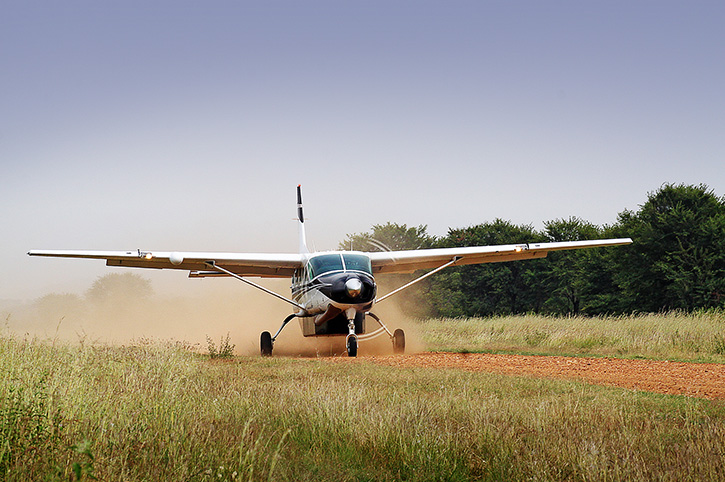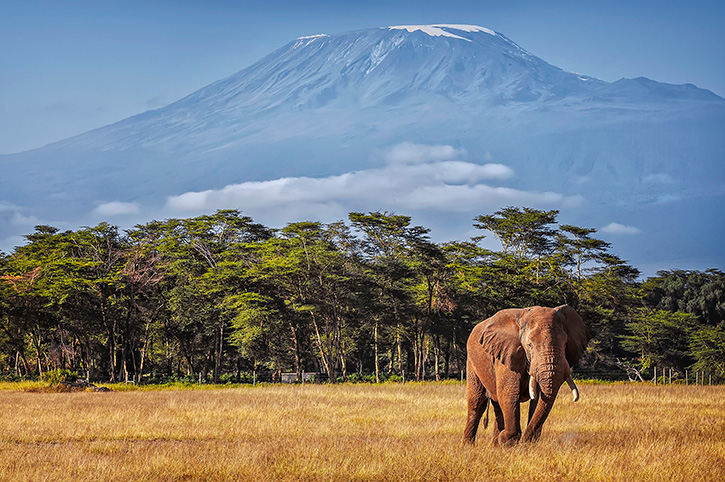
Tanzania has a lot to offer and with its friendly people, stunning sites and abundance of wildlife, it’s no surprise that it’s a hit with safari lovers. With reserves such as the Serengeti and the Ngorongoro Crater on offer, travellers are spoilt for choice when it comes to picking a Tanzania safari.
Below, is our guide to help you understand the difference between the two types of safari regions in Tanzania. Whether you are a safari first-timer or a regular safari traveller, choosing between a north or south Tanzania safari is the first place to look.
1. Visitors who prefer to travel by roads, with small tours or private guides should choose a northern safari
2. Visitors who want to escape into the wilderness should choose a southern safari
3. If you want to see the wildebeest and the great migration, you should choose a northern safari
You may also like our Best Time to Safari in Africa Guide.
This region offers some of the most iconic safaris with amazing landscapes and a plethora of wildlife. The safari tours stretch from the Serengeti to Arusha with some of the most famous parks known across the globe. It is also home to several UNESCO World Heritage Sites such as Mount Kilimanjaro with its excursion and trekking programmes, the Ngorongoro Crater and Tarangire National Park.
Home of the Great Migration, this is the area to find the ‘Big Five’ and witness thousands of wildebeest in the Serengeti plains whilst also admiring a large concentration of animals wallowing in the rivers. The sites and parks are easily accessible by roads which connect each park and reserve.

The Serengeti, created in 1952, is without a doubt the most famous park and for good reason. Located in Northern Tanzania, this is the oldest park and it offers one of the most diverse ecosystems on the planet where fauna and flora have stayed unchanged for a million years.
Home to Africa’s ‘Big Five’; buffalo, lion, leopard, elephant, and rhino, the Serengeti plains host the great migration from December to April with over two million wildebeest and 250,000 zebras journeying to Kenya. The park is home to over 500 species of birds, gazelles and the three big cats: lions, cheetahs, and leopards, as well as the African wild dog, Lycaons re-introduced 30 years ago.
Treat yourself to a Serengeti Hot Air Balloon Safari.
Also situated in the north of Tanzania, you will discover the little gem that is Arusha National Park. The park is a mix of ecosystems with swamps, crater lakes, forests, highlands, and more. The park also has three famous landmarks; Mount Meru, Momela Lakes, and Ngurdoto Crater.
Starting in the dense forest, the safaris will then take you to the grasslands, surrounded by mountains and small lakes, with Mount Kilimanjaro in the background. The plains are home to warthogs, zebras, giraffes and all other herbivores that attract only a few predators. Arusha Park is also the place for bird lovers with over 400 species found there. Hop on a canoe and discover the vast array for yourself.
Combine Serengeti and Arusha National Parks in our 8 day Ultimate Tanzania Safari.

This region can sometimes be overlooked due to the lesser numbers of reserves, however, you are always guaranteed an exclusive safari experience. Southern safaris offer travellers some amazing sights and a wider range of activities such as fly-in camping, boating and water-based safaris in the Selous.
Walking safaris are available along the Rufiji River and the lakes surrounding it offering intrepid travellers the opportunity to have close encounters with the ‘locals’ and Mahale National Park also offers has a wealth of wildlife to spot.
Reserves and parks include the Selous Game Reserve and Ruaha National Park located in the south, and Mahale and Katavi parks in the west. These are some of the most remote areas so travellers really get a sense that they are at one with nature with no other tourists to spot either! You can also combine your safari with a visit to the old capital of Tanzania, Dar es Salaam and the amazing beaches of Zanzibar.
Be tempted by our 15 day Tanzania Safari & Zanzibar holiday.
This game reserve has been a UNESCO World Heritage Site since 1982 but originated as a wildlife sanctuary in the early 1900s. With the largest population of elephants in the world, the reserve does not allow any permanent human structure which makes the reserve an extraordinarily remote safari experience. The Selous animal population also includes Cape buffalos, hippos, lions, and lycaons.
North of the Rufiji River, visitors can spot wildebeests, giraffes, and antelopes feeding on acacia trees, as well as over 450 bird species. The Great Ruaha River runs through the reserve passing near the volcanic hot springs before joining the Rufiji river where photographic safaris and eco-tourism come together in a stunning setting.

Treat yourself to a 3 day Selous Fly-In Safari.
With a total of 122,000 square metres over three reserves, 16 national parks and two marine reserves, Tanzania has a lot to offer to the travellers in need of nature and adventure. Here are some of the best Tanzanian sites managed by the Tanzania National Parks Authority (TANAPA):
Start planning your Northern Tanzania safari with an Africa Expert today.

For a first-time safari trip, why not try north Tanzania? With something different to offer every day, travellers can move from place to place regularly and witness an abundance of wildlife.
For safari lovers, the southern safaris are more remote and provide exclusive destinations with an ‘off-the-beaten-track’ feel. Although there is a smaller concentration of animals here, it provides a more intimate safari experience.
Of course, it is also possible to combine both North and South for a truly epic Tanzania Safari experience, or you could even pair your Tanzania safari with an Indian Ocean island for an unforgettable Tanzania safari and beach holiday.
Safari holidays by Freedom Destinations


Arusha | Tarangire | Serengeti | Lake Manyara | Ngorongoro Crater


Tarangire | Ngorongoro Crater | Serengeti | Amboseli | Lake Naivasha | Lake Nakuru | Masai Mara


Arusha | Tarangire | Lake Manyara | Ngorongoro Crater


Arusha | Tarangire | Serengeti | Lake Manyara | Ngorongoro Crater


Tarangire | Ngorongoro Crater | Serengeti | Amboseli | Lake Naivasha | Lake Nakuru | Masai Mara


Arusha | Tarangire | Lake Manyara | Ngorongoro Crater